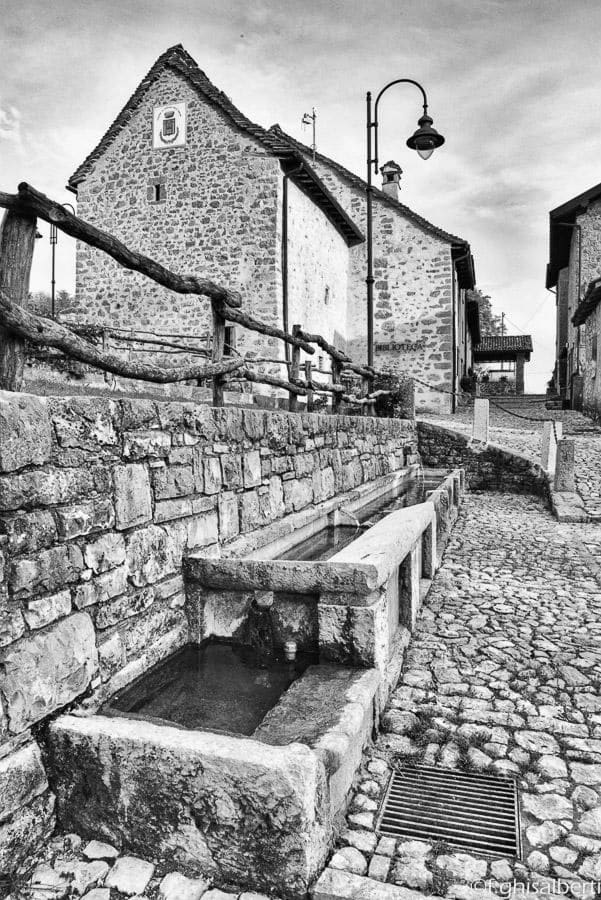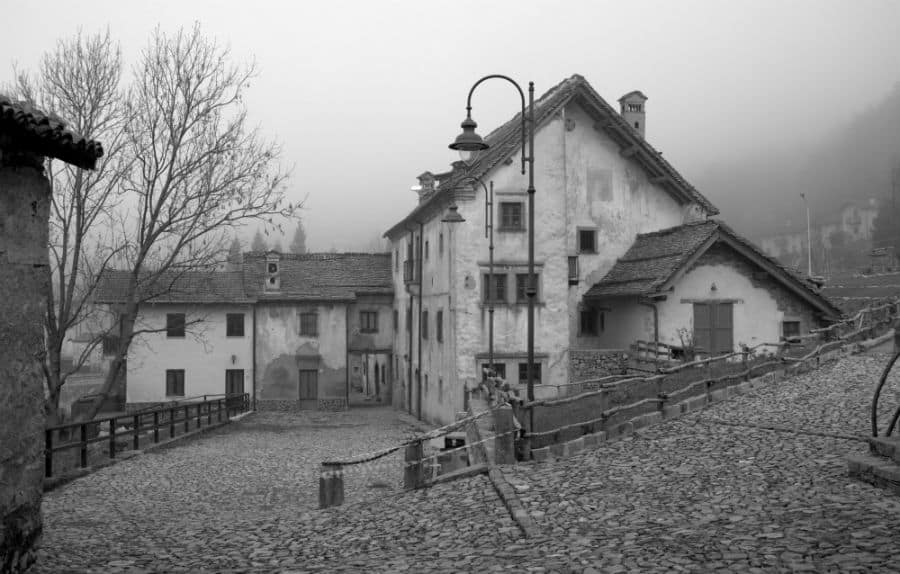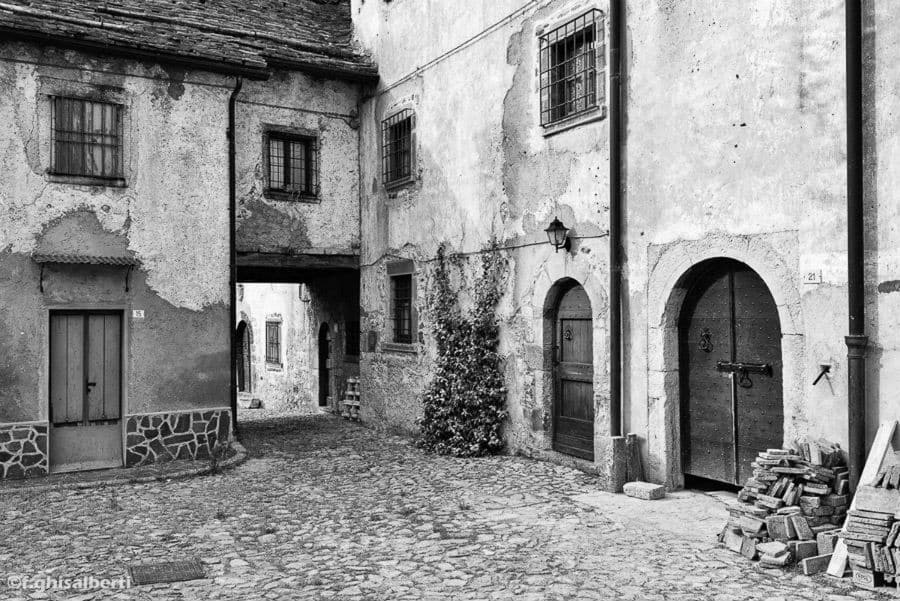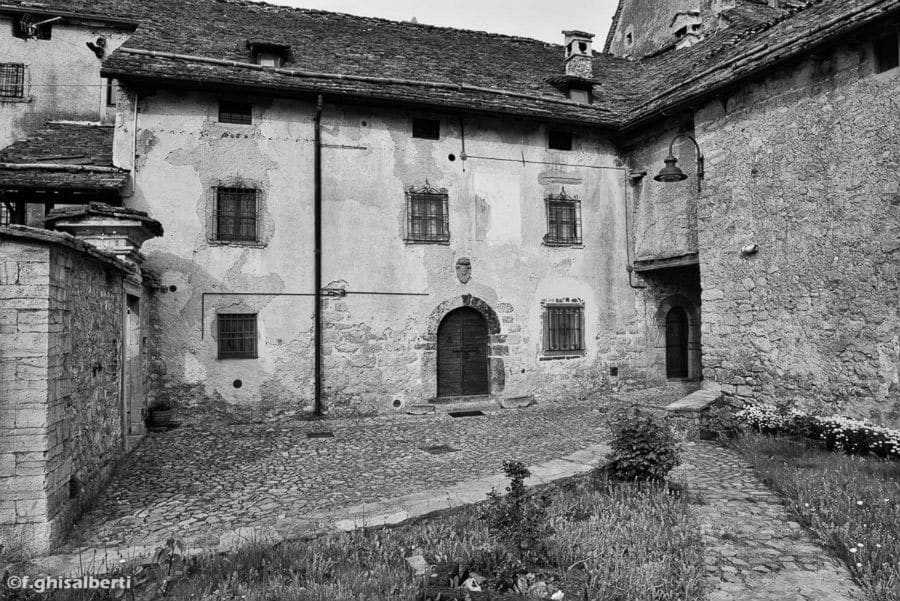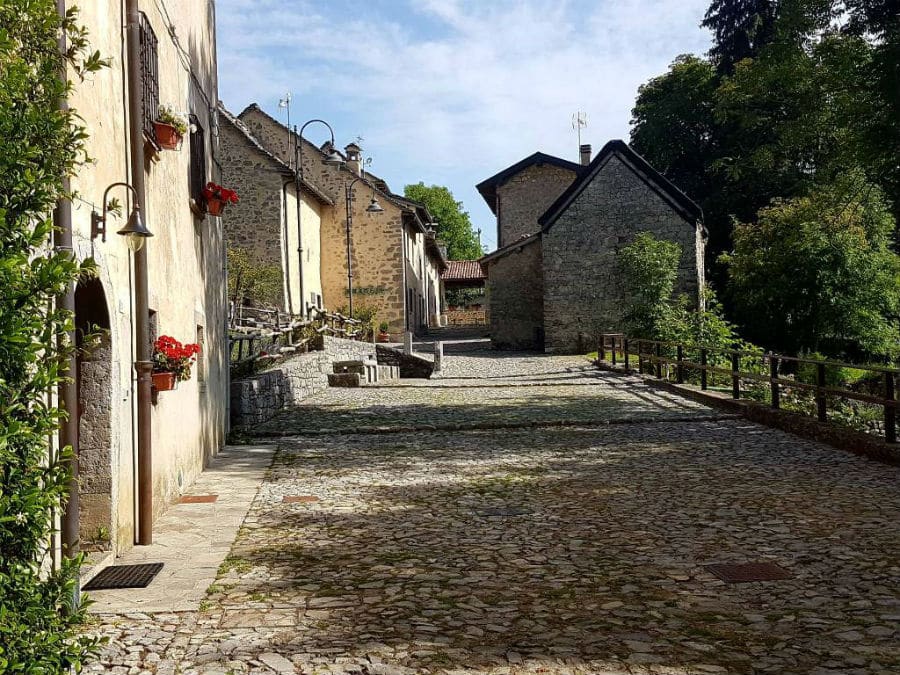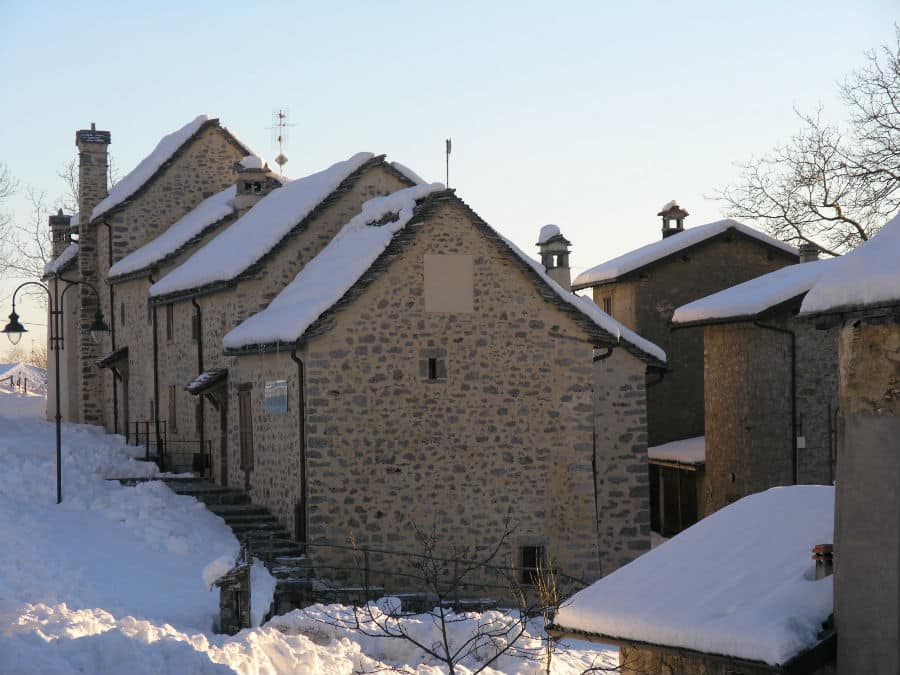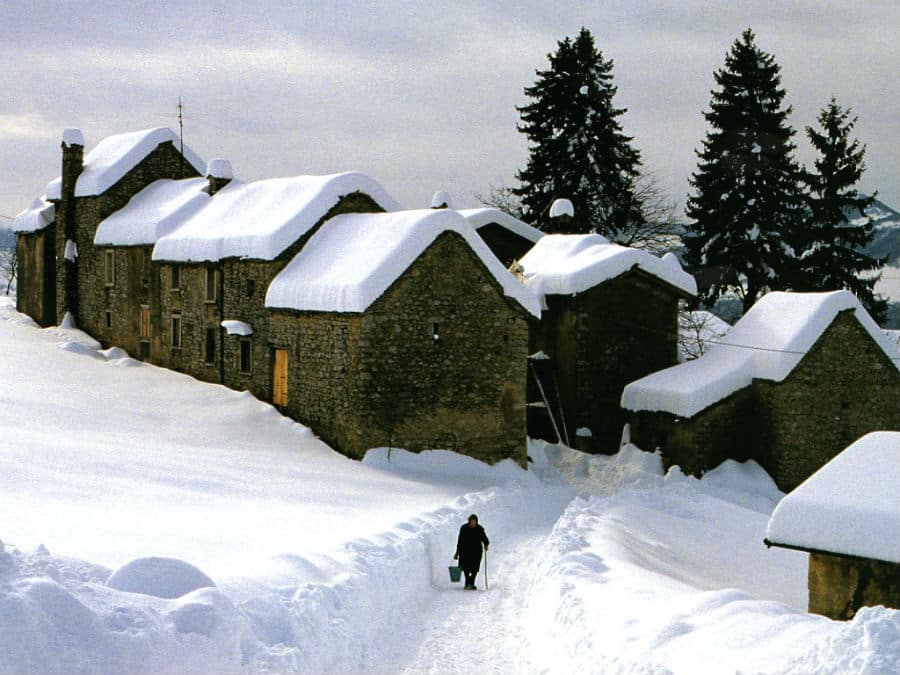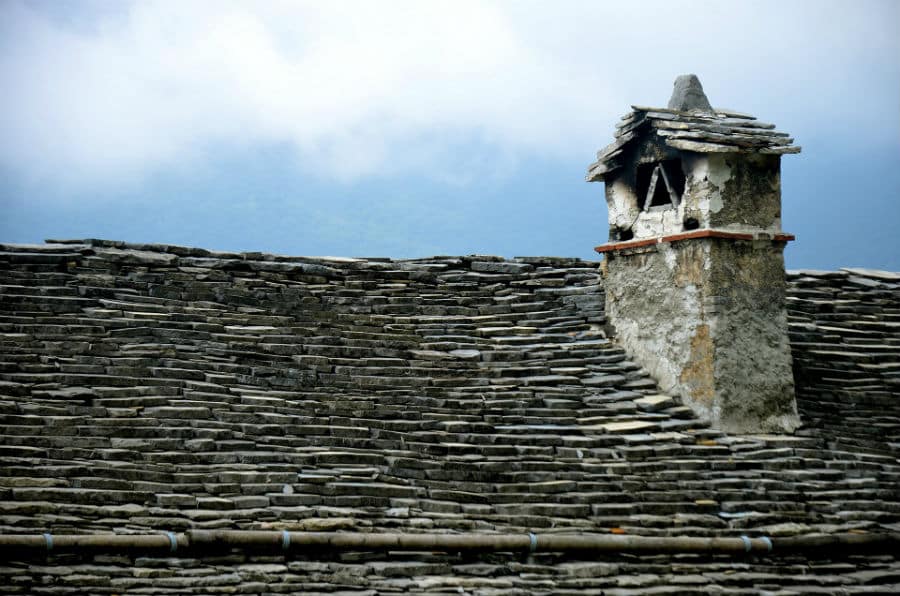There are not many historical information which relate to the territory of Fuipiano: placed at the head of the valle Imagna, in the retracted position with respect to the main centers, has always maintained the characteristics of the small mountain village, with its inhabitants for the most dedicated to live what nature gave them. Consequently the main activities have always been those of the shepherd, breeder, woodsman and del Carbonaio, i.e. the one who transformed wood charcoal. The toponym seems to find origin in the local dialect, dialect bergamasco : it is believed to derive from the term foipià, which indicates a plateau with many beeches, even if other currents of thought consider derives from faveanud, understood as a puddle of water, element very present on the municipal territory.
The origins of the country should still go back to the medieval period when the territory, until then sparsely populated, saw an increase in housing due to the struggles between Guelphs and Ghibellines. These in fact forced some exponents of one or other of the faction (despite the valley was considered a sort of feud guelfo) to abandon their places of origin and to relocate in places protected from adverse persecution, among which precisely the area of Fuipiano. In this period the family of greatest importance was that of the Locatelli, which ran in the main activities also in neighboring countries, one of which (Locatello) took its name from the same family.
The inhabitants themselves in fact sought to remain strangers to disputes of power, which warranted their tranquillity sheltered by clashes and retaliation both during the aforesaid struggles, both after the advent of the Republic of Venice, which however occupied only a part of the municipal territory, between which the contrada of Arnosto where you put a customs, considering it a kind of outpost toward the Duchy of Milan who had control over the remaining portion of the territory. The following centuries saw no significant events involving the small community that, strong of its insulation, followed the events of the rest of the province without joining in a direct way. However the country greatly resented the lack of employment, a factor which determined the emigration of its inhabitants to cities and nations that could ensure the highest income. Only in the last few decades the tourism and the consequent upgrading of the territory have buttressed this phenomenon, giving new life to the country.
Arnosto is the most significant among the remaining facilities on the territory valdimagnino. In ancient times it was the seat of the Dogana Veneta until 1797 where you marked the boundary between the Duchy of Milan and the Serenissima. The ancient village dates back to the XIV century and preserves buildings of great artistic value. The accuracy of the drawing can be seen not only in the superimposition of the rocks of roofs, but also in the composition of the houses, so in exquisite workmanship of the portals, significant for the machining of wood and that of batacchi and latches. Even if almost disappeared, frescoes, often symbolise the strong popular religiosity of the place.
Another testimony of interest is the small chapel dedicated to Saints Filippo Neri and Francesco da Paola. Can contain a maximum of 20 people and preserves a painting by Francesco Quarenghi, grandfather of Giacomo Quarenghi. Also the museum offers a glimpse of tools from the farmer work, in addition to the photos that tell the story of the people of the place. Their faces tell better than anything the charm of this country.


